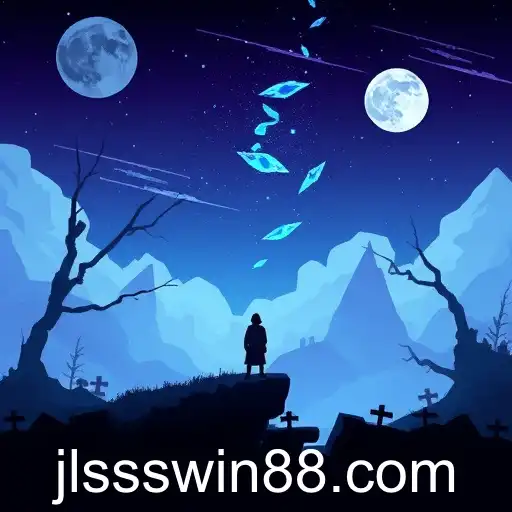jlsss | The Rise and Influence of Indie Games: Redefining the Gaming Landscape

In the expansive world of video games, the term 'Indie Games' has emerged as a significant category that captivates both creators and players alike. This mesmerizing sector of the industry is integral in reshaping how we perceive gaming by fostering creativity and innovation beyond traditional boundaries.
Indie Games, a colloquial term for independent video games, refer to titles typically developed by individuals or smaller development teams without the financial and technical support of large game publishers. The keyword 'jlsss,' while unique and seemingly abstract, aligns with the eclectic and individualistic nature of the indie gaming community. It represents a niche approach to game development that allows for artistic expression and unorthodox storytelling.
What sets indie games apart from their big-budget counterparts is their emphasis on originality and exploration. Developers are often passionate gamers themselves, committed to translating authentic experiences or experimental gameplay into a digital format. This freedom from mainstream pressures enables indie creators to tackle unconventional themes, introduce novel mechanics, and foster niche genres. The focus is generally on gameplay innovation, narrative depth, or artistic uniqueness, rather than purely on graphical fidelity or massive marketing campaigns.
The result is a richly diverse gaming ecosystem where titles like 'Hollow Knight,' 'Celeste,' and 'Undertale' thrive. These games have garnered critical acclaim and substantial followings due to their emotional depth, challenging gameplay, and engaging narratives. They act as proof that indie games can achieve commercial success and critical recognition, often rivaling more prominent AAA games.
Another vital aspect of the indie gaming phenomenon is the rise of digital distribution platforms. Steam, itch.io, and emerging storefronts like the Epic Games Store have democratized access by allowing indie developers to reach global audiences without traditional retail constraints. Crowdfunding platforms like Kickstarter have also played a crucial role, providing developers with the means to fund projects that may have been otherwise sidelined by conventional financing routes.
Moreover, events like IndieCade and the Independent Games Festival spotlight indie developers, offering them a platform to showcase their work to wider audiences and industry insiders. The increased visibility has helped mitigate historically limited access opportunities, further fuelling the rise of indie games as a respected genre within the gaming hierarchy.
Yet, not all indie games seek commercial success. Some prioritize community engagement and artistic experimentation over sales, contributing to the broad spectrum of experiences encapsulated under the indie umbrella. These games often spark conversations about the artistry and cultural potential of games as a medium. They push against pre-determined boundaries, advocating for games as a form of personal expression and cultural commentary.
In conclusion, indie games have grown from a small fringe category into a major player influencing the future of gaming. Their rise demonstrates the potential for creative independence, unique storytelling, and groundbreaking gameplay. As the gaming landscape continues to evolve, the influence of indie games on innovation and cultural discourse will persist, challenging industry norms and inspiring both creators and players worldwide.
